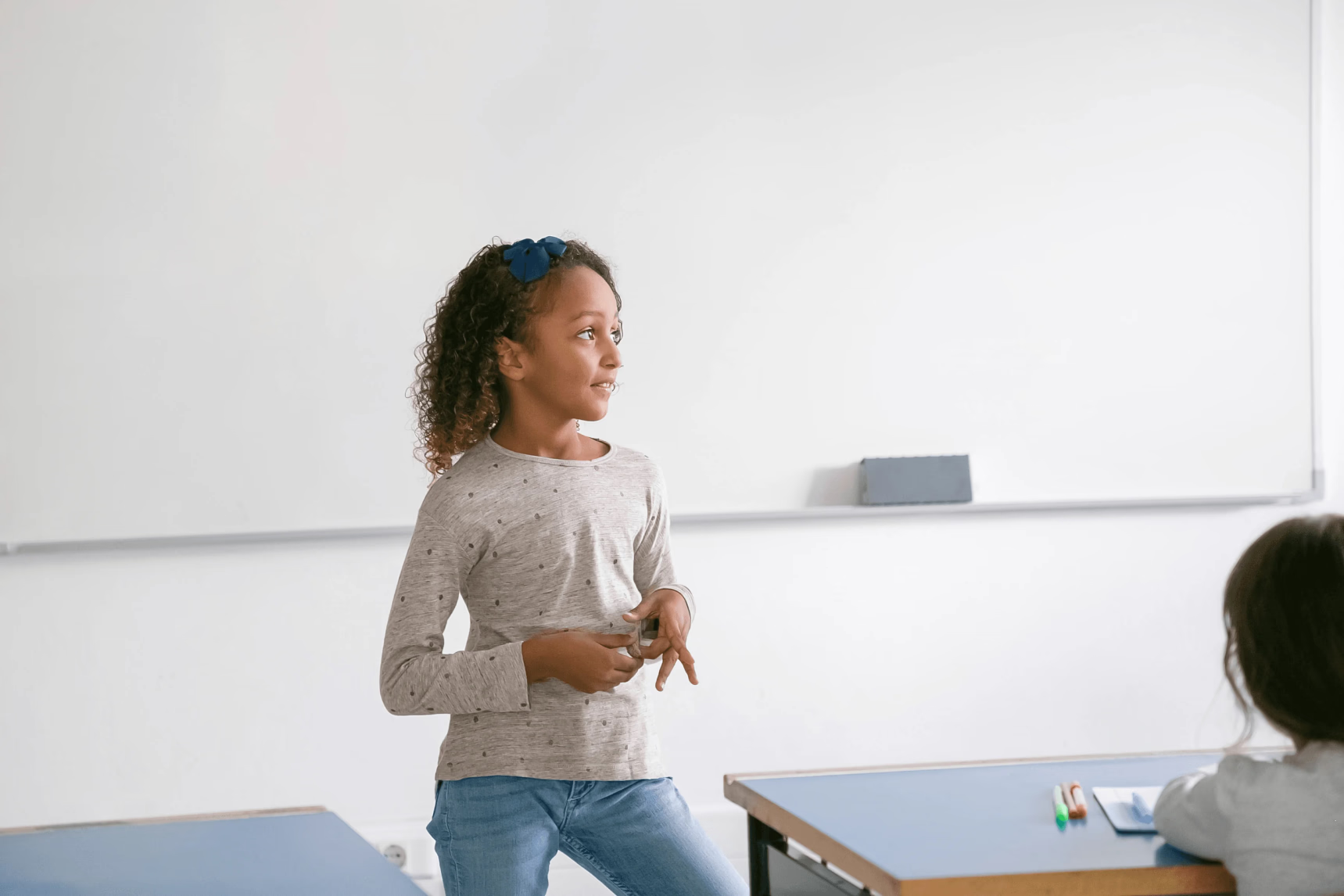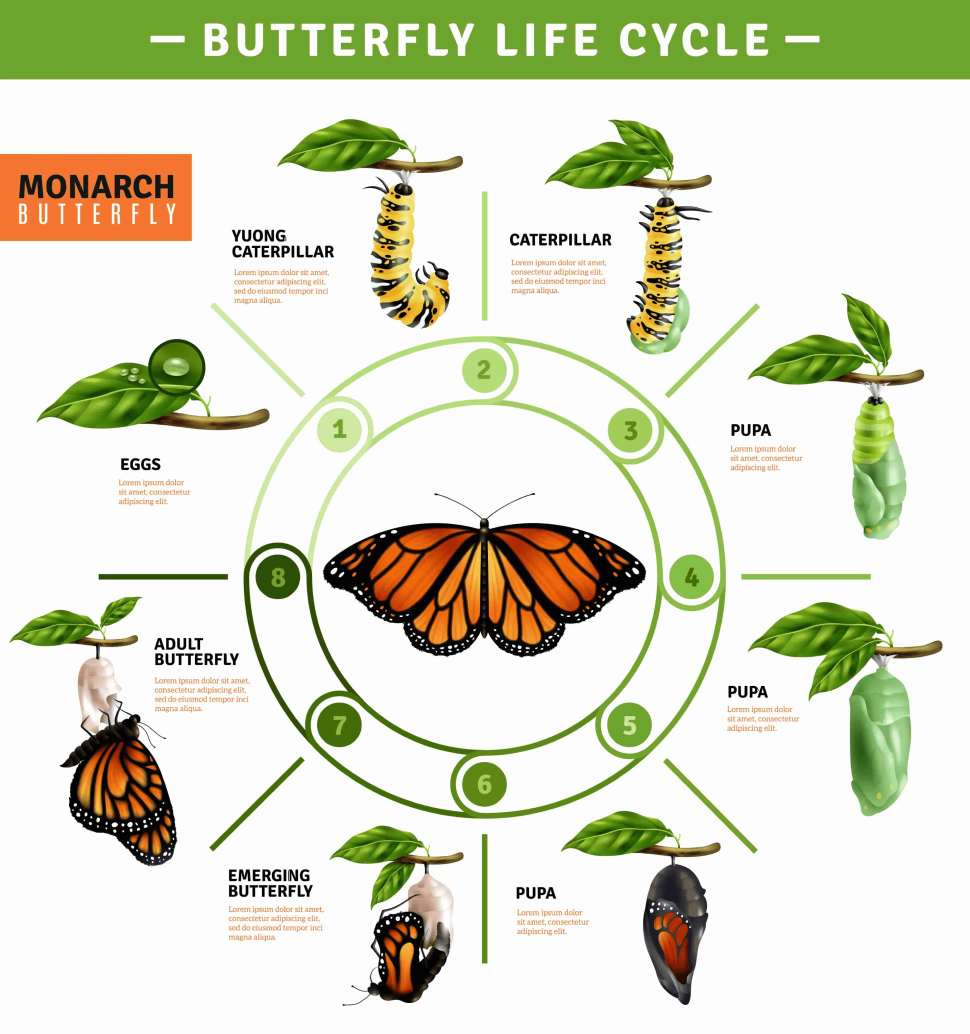Teachers are undoubtedly one of the most underrated champions of our society. They not only help future generations find a purpose in life but also prepare them for the challenges of a competitive world outside the classroom.
However, all the children in this world are unique in their own ways and learn at their own pace. Some may possess quick learning capabilities, while some may be slow learners and need more effort to perform better.
Thus, the idea of “one solution for all” does not fit in the field of teaching, Teachers are required to come up with different teaching strategies & methods to ensure equitable learning for students. They should know how to make their classroom engaging for all students. Let’s get into a bit more detail:
Teaching strategies typically refer to the general principles, pedagogies, and management strategies used by teachers in a classroom for educating students in the most effective and efficient way.
These are selected on the basis of various factors like the teacher's educational philosophies, demographics of the classroom, and subject areas.
According to The Teaching and Learning International Student Survey (TALIS),
“Teachers using different strategies help different student groups and facilitate the learning of different types of tasks”
Using different teaching strategies in a classroom ensures holistic growth of the students and also improves their problem-solving skills and critical thinking abilities.
It encourages collaboration and helps them in developing decision-making skills. Here are the 5 teaching strategies that can help students to learn better in a classroom :
Student-centric discussion is a teaching strategy that allows students to understand more about topics or concepts via collaboration and cooperation.
It involves detailed discussion on topics or ideas that eventually boosts students’ confidence, productivity, and implementation skills. It also improves their comprehension, speaking, and listening skills that reflect in their assessments.
Teachers should keep students at the heart of these discussions & should act simply as a feedback provider. The teacher provides the students with guidance for what they are to accomplish in their discussions that day.
With each group of students having a facilitator, students should then break-out into discussion groups.The teacher should relocate to a location in the room from which he or she can see and hear all of the discussions.
Following the discussion session, the teacher meets with each of the facilitators for a brief meeting to share feedback on the leadership they provided their team that day. These feedback sessions resemble a coaching session rather than a grade review.
Try new teaching strategies with Suraasa & improve your students’ learning & academic performance. Get started today!
Collaborative learning is a teaching strategy that focuses on encouraging teamwork and partnership. It involves bringing together students with various skills in groups for solving a problem or completing a task.
Different minds generate various perspectives and viewpoints that help students understand the concepts better and more effectively.
"Research on collaborative dialogue & student learning has revealed important links between group processes & students’ learning outcomes. In many of these cases, these results have been used to design specific collaborative learning approaches, with encouraging results for student learning. "
states The International Handbook of Collaborative Learning.
Flipped classroom is an innovative teaching technique that works in contrast to traditional classroom learning. In a traditional classroom, students are introduced to new concepts and are asked to practice those concepts as homework.
Whereas, in a flipped classroom, students learn new concepts in their homes and practise them in school in the form of presentations, debates, or lab experiments. This not only increases students' engagement but also boosts their self-confidence and analytical skills.
Changing the way you teach, every now and then can keep your students excited for your classes. Using these effective teaching strategies & methods is a great way of engaging students into the learning process on a deeper level, enhancing interest and – ultimately – improving their scores.
VAK teaching stands for Visual, Auditory, and Kinesthetic. It is a very comprehensive teaching strategy that focuses on improved learning experiences using three main sensory receivers.
As per transitional beliefs, students tend to use their senses to learn and understand new concepts. VAK teaching allows students to recognise their dominant and preferred learning styles.
For example, reading textbooks and taking notes can please visual learners, while teaching a topic to the class can satisfy auditory learners and practical tasks can satisfy kinaesthetic learners.
Spaced learning is a teaching strategy that makes practising a skill or retrieving information efficient for students. This is one of the best teaching practices a teacher can adopt in his/her classroom.
It involves breaking a long course into multiple short sessions or modules and making students understand them with appropriate breaks. This helps students in retaining information better.
For example, practising English speaking for ten minutes every day for ten days (100 minutes) is more beneficial than practising nonstop for 100 minutes.
Do your students seem to be falling behind? Do you want to improve their performance? How can you adapt to student Learning needs?
This is where the teaching technique of differentiated instruction comes in. Differentiated Instruction entails adapting training to match the needs of each individual student.
Whether teachers diversify material, method, products, or the learning environment, the use of ongoing evaluation and flexible grouping ensures that this approach to instruction is successful.
For example: Introducing audio books for students who lag with textbook-based learning. Or introducing elements of art to invoke the interest of artistic students into other subjects.
Want to learn in detail about differentiated Instruction? Watch this masterclass for FREE.
Dual coding is combining words and visuals such as pictures, diagrams, graphic organisers with the subject material in order to improve the learning & memory of the student.
This teaching strategy still stands today as one of the most robust ways of teaching. With dual coding , you combine visuals with words to convey information that requires less effort to understand to students.
For example: Timeline of a butterfly’s life cycle with visual pictures, or a comic strip outlining the summary of a novel, or making a pros & cons list with diagrams among others.
This teaching technique not only improves the retrieval of information in students but also allows them to be creative at the same time. Hence, when challenging concepts and content are supplemented and coupled with relevant pictures, they may become easier to understand.
Using different teaching methods and strategies, teachers can educate students better and inspire them to bring a positive change in society. Moreover, these teaching practices & strategies make the students learn new concepts and empower them with essential life skills.
If you’re indecisive about the appropriate teaching strategies, you may consider enrolling in programmes like Learning Theories and Teaching Strategies that will help you in implementing the best & different types of teaching strategies to improve overall academic performance, student engagement of your classroom.





.avif)
.avif)
.avif)








